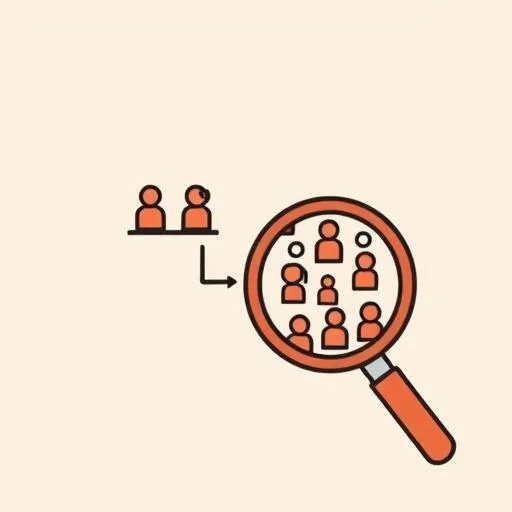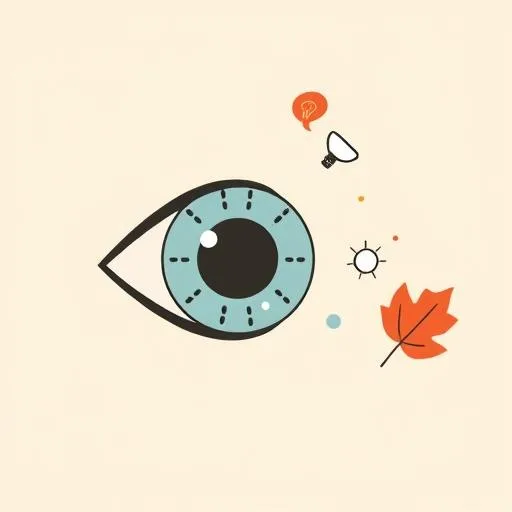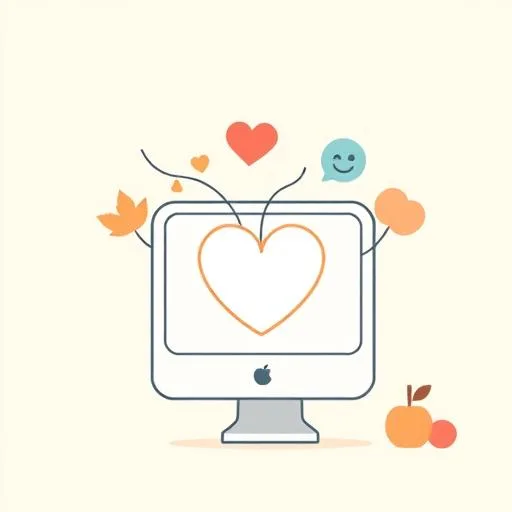
That chuckle you get seeing “stereotypical” AI portraits of U.S. states—blond surfer girls for California, parkas for Alaska—fades fast when you realize what’s feeding that imagination. It’s not malice; it’s a mirror. And kids, those brilliant little sponges, are watching it reflect too.
When Algorithms Echo Our Echo Chambers: How Does AI Reinforce Stereotypes?

Lately, I’ve been flipping through those viral AI-generated “typical” state portraits—the Florida retiree ready for golf, Hawaii in floral prints. Some hit playful notes (Idaho with potato confetti!), others feel flat, like Illinois’ folks wearing beige invisibility cloaks. But here’s what clicks: these aren’t AI’s opinions. They’re distilled snapshots of our collective digital footprint. Models like Stable Diffusion soak up internet data where women rarely appear as CEOs and racial stereotypes run deep. Ever asked why a prompt says “show a doctor” and out pops a guy in a white coat? That data isn’t neutral; it’s packed with decades of human bias, like a photo album where certain faces got tucked away.
Think of it as digital folklore. We’ve all giggled at “New York hustle” or “Southern charm” tropes, but when algorithms weave them into “truth,” kids absorb that as fact. My neighbor’s son once asked if all Texans really ride horses to school. Harmless? Maybe. But imagine that whisper shaping how he sees peers from Dallas. AI doesn’t invent stereotypes—it amplifies the ones we’ve left lying around online like old toys in the attic.
How Can You Turn AI’s ‘Huh?’ Moments into Family Wisdom?

BAM! What really hit me while helping my little tech explorer navigate the digital world is this: the weirder the output, the bigger the conversation starter. My curious seven-year-old and I huddled around the tablet, eyes wide with anticipation as we fed our first prompt to Midjourney: “a kid playing outside.” Up popped images of blonde boys kicking soccer balls—zero diversity. Instead of sighing, we turned it into play. “What’s missing here?” I asked. She scrambled for her crayons: “A girl like me building a robot!” We re-prompted it together—”a joyful child of color inventing at a park”—and watched the screen bloom with new possibilities. Suddenly, AI wasn’t an oracle; it was a starting point for “what if?”
That’s the sweet spot: treating glitches as teachable giggles. When AI suggests all Alaskans wear fur hats (sorry, Anchorage hipsters!), use it to chat: “Why might the computer think that? What stories haven’t we heard?” No heavy lectures—just wondering aloud while stirring pancake batter or during a park stroll. And hey—toss in some apple slices! Nothing gets those big thoughts flowing like delicious snacks and shared discoveries. Kids don’t need perfect answers; they need us modeling curiosity.
Nurturing Eyes That See Beyond the Screen: Parenting Tips for Critical Thinking

Here’s what I’ve realized while helping my early-elementary explorer navigate tech: resilience isn’t about shielding kids from flawed content. It’s about giving them tools to question it. Those bland Massachusetts portraits? Perfect for pondering: “Who gets left out when we call someone ‘average’?” We’ve started a game—we spot stereotypes in ads, books, even cartoons—and “fix” them with our words. (“Actually, farmers can be anyone!”) It’s like quietly rewiring their internal compass: studies show kids exposed to bias-aware conversations develop sharper critical thinking.
In our house, we blend Korean storytelling traditions with Canadian curiosity—asking “what if?” about everything from AI to why the sky changes colors. The magic? It’s not extra screen time—it’s layered into life. Walking home? Notice store mannequins. Baking? Discuss whose hands roll tortillas or shape dumplings. Keep it light, real, and fleeting: “Hmm, wonder why AI thinks potatoes define Idaho?” ends over sidewalk chalk art, not deep dives. What sticks isn’t the fact but the feeling: you’re safe to wonder, to challenge, to add your voice to the story.
Growing Kindness, One Prompt at a Time: How to Foster Empathy with AI

At the end of the day, this isn’t about “fixing” AI—it’s about nurturing humans who demand better. Those overcast afternoons when the sky feels like a gray blanket? That’s when we talk hopes. “What if computers showed kindness as the loudest voice?” my kiddo asked once, her voice bubbling with excitement. Heart-melting, right? We imagined AI drawing nurses with stethoscopes and superhero capes, farmers with VR headsets. Playful? Absolutely. But it plants seeds: tech should reflect our highest selves, not our old shadows.
So next time you see an AI-generated “typical” portrait, don’t scroll past. Invite kids to remix it: “Add your favorite hobby! Show someone who looks like Grandma!” You’re not just playing with pixels—you’re building neural pathways for empathy. And in our cozy corner of the world, that’s the legacy worth growing: curious hearts that see past the snapshot to the whole, beautiful story. Pause and let that settle—because every gentle question today shapes how boldly they’ll shape tomorrow.
Source: Here’s What AI Thinks The Most Stereotypical Person From Every U.S. State Looks Like (50 Pictures), Pleated Jeans, 2025/09/06
